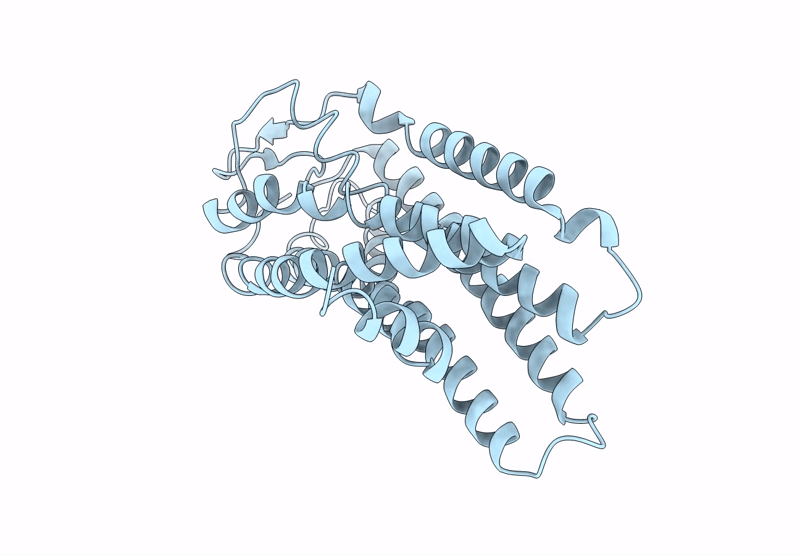
Deposition Date
2024-05-07
Release Date
2025-02-26
Last Version Date
2025-07-16
Method Details:
Experimental Method:
Resolution:
2.56 Å
Aggregation State:
PARTICLE
Reconstruction Method:
SINGLE PARTICLE


